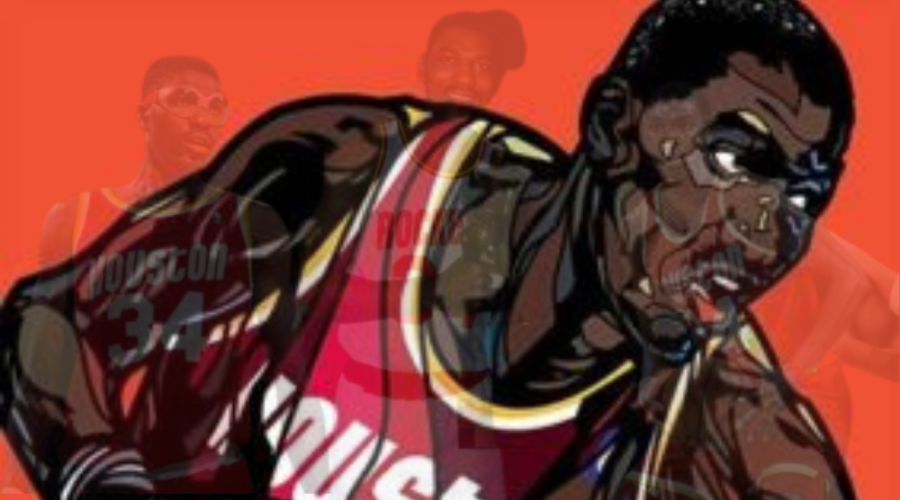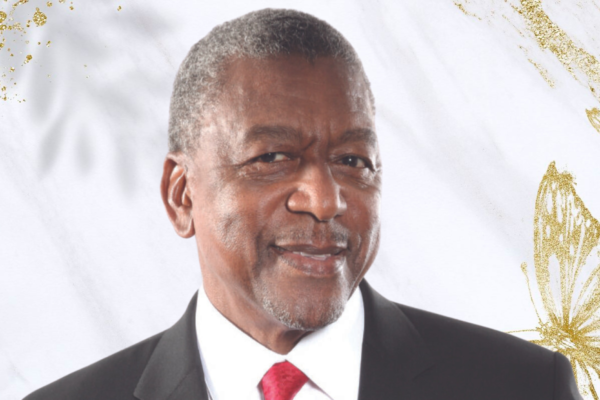Hakeem Olajuwon exemplifies the African spirit of industry, hard work, diligence and commitment to excellence. In our deep dive into successful Africans, we look at the life of Nigerian-American basketball player Hakeem’ The Dream’ Olajuwon.
Hakeem Olawajun’s Early Years 63-1979)
He was born to the family of Salim and Abike Olajuwon in Lagos, Nigeria, a middle-class Yoruba family who ran a cement business. Hakeem is the third of eight children. As he grew into his seven-foot frame, he developed a knack for athletics and played soccer as a child. Hakeem played as a goalkeeper, which gave him the solid foundation to perfect his footwork and agility. This footwork served him well later in the NBA. Given his height, peers encouraged him to take up basketball. He took up the sport at 15.
However, soccer was the predominant sport, and he got little encouragement or even training facilities. He made his hoop, and his shoes and jerseys were unsuitable for the sport. However, his family instilled in him the spirit of discipline, and it segued into his career in professional basketball. He was relentless in practice though he started not even dunk.
Hakeem Olajuwon’s College Career (1980-1984)
He emigrated to the United States to play for the University of Houston, Texas, under the guidance of Hall of Fame coach Guy Lewis. Hakeem then was not an elite player despite his promising talent. He came off the bench in his college years as the sixth man. He also averaged a respectable 8.3 points 6.2 rebounds in 18 minutes of playing time. After NCAA eliminated his college from the tournament, he sort the NBA MVP and Hall of Fame centre for the Houston Rockets. Moses Malone mentored him and helped fine-tune his game. The summer was pivotal for Hakeem as he integrated several aspects of his game so effortlessly that the coach called him ‘The Dream’ because his movement was so fluid — like a dream. Returning from the summer, he was a different player.
Along with another Hall of Fame shooting guard, Clyde Drexler, he took the team to the NCAA championship finals. They lost to the University of Georgetown. However, Hakeem’s stats improved to a decent 13.9 points, 11.4 rebounds and 5.1 blocks per game. In his final year of college, he again improved to an elite 16.8 points, 13.5 rebounds, and 5.6 blocks per game. Given how much his game had improved, Hakeem chose to leave college and got drafted into the National Basketball Association. He was picked for the first overall draft by the Houston Rockets in 1984, ahead of legends like Michael Jordan, Charles Barkley and John Stockton.
Hakeem’s NBA career (1984-2002)
Hakeem plays for the Houston Rockets
Houston’s first draft pick of Hakeem proved to be fortuitous for them. Hakeem helped improve the team’s record from 29 losses, 53 wins to 49 wins and 34 losses in the 1984-1985 season. He teamed up with 7’4″ centre Ralph Sampson who had already won Rookie of the Year. The duo was dubbed “The Twin Towers” and tore the league up with their impressive style.
Hakeem’s average was 20.6 points, 11.9 rebounds and 2.6 blocks, which was remarkable for a rookie. He finished the season as runner-up Rookie of the Year to Michael Jordan. In 1985-1986, Hakeem’s numbers improved to 23.5 points per game, 11.5 rebounds a game and 3.4 blocks per game. He led the Houston Rockets to an even better record of 51 wins and 31 losses and eliminated the Los Angeles Lakers. The defending champions. This momentous feat catapulted Hakeem to the national spotlight, and his defensive and offensive prowess was celebrated as one of the best in the league. Hakeem’s Rockets made it to the finals but lost in six games to the Boston Celtics in 1986. Sports journalists and fans regard them as one of the greatest basketball teams of all time.
Hakeem Olawajun’s Stats Change
After the 1986 loss, the Houston Rockets had a string of playoff failures throughout the years. Despite Hakeem Olawajun posting up MVP-level numbers, he could not carry his team to success. Frustrated, Hakeem requested a trade, as he felt the team did not surround him with quality talent. Hakeem led the league in rebounds and blocks, which placed him as one of the best defensive players in the game. His string of bad luck came to an end in the 1993-1994 season. Fans remember this year as the one Michael Jordan retired from professional basketball to pursue a career in baseball. He defeated the New York Knicks in the NBA finals to win his first championship and a Finals MVP trophy. With this, he cemented himself as one of the most important defensive players of all time.
As if this feat wasn’t enough, the following season (1994-1995), Hakeem had his most remarkable season yet. He became the first centre to win a regular-season MVP (Most Valuable Player), an NBA championship and DPOY (Defensive Player). He also became the first foreign-born player to win an MVP. In the succeeding years, he had little playoff success. He was eliminated year after year, even after acquiring former MVP Charles Barkley and All-star Scottie Pippen. Following a back injury, Hakeem retired in 2002. Today, he holds the record of blocked shots in the NBA. He is considered the best defensive centre of all time.
Hakeem’s Post-NBA career (2002-present)
Hakeem Olajuwon became a source of inspiration to thousands of Africans who dream of playing in the NBA. Today, we have Giannis Antetokounmpo (the defending champion at this writing) and Joel Embiid (the leading MVP candidate). These successful African players have attributed their success to the inspiration of ‘The Dream’ and how he broke down barriers for African players to excel in the league. Hakeem has also been very open about sharing his skills with modern players. He has coached great players like LeBron James and Kobe Bryant in the off-season. His willingness to share his knowledge about basketball, among others, has endeared him to many.
Find out more about other basketballers and the NBA league here.





